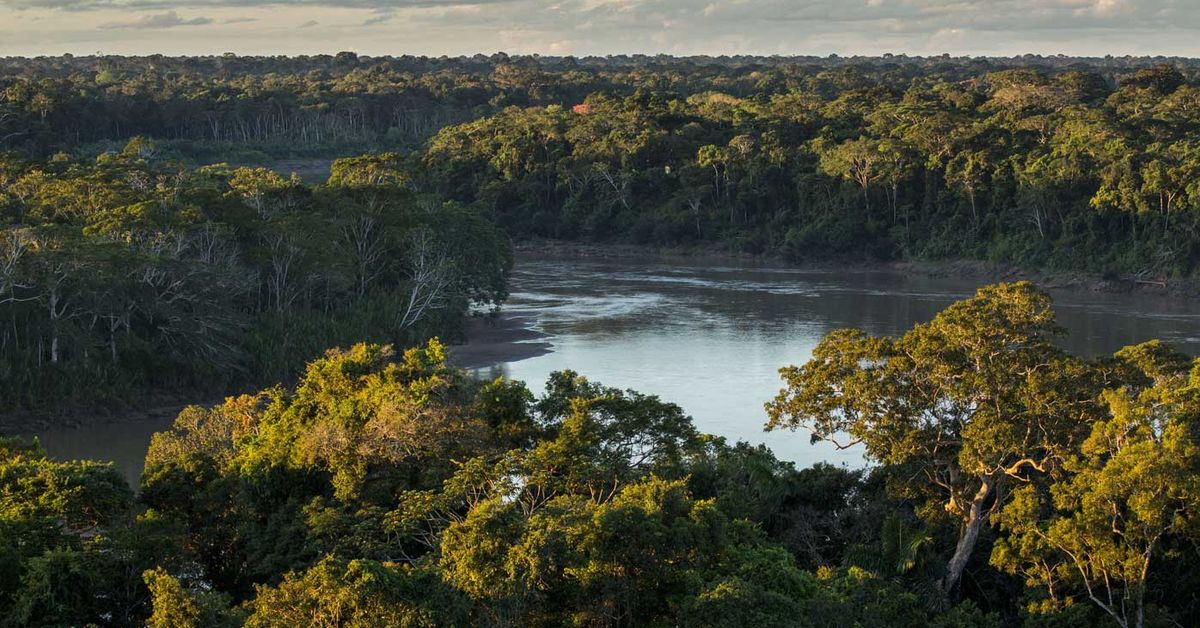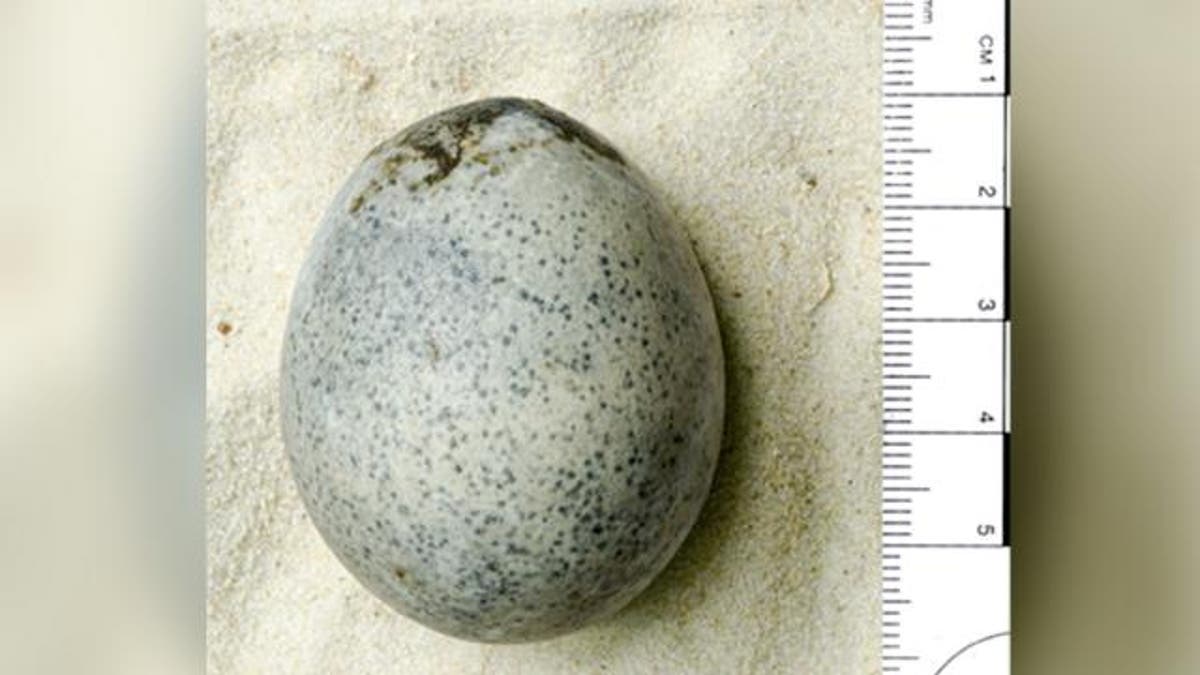You are using an out of date browser. It may not display this or other websites correctly.
You should upgrade or use an alternative browser.
You should upgrade or use an alternative browser.
Archeology
- Thread starter cory
- Start date
- Replies 100
- Views 12K
More options
Who Replied?Nutball
TreeHouser
If materials are sourced from various natural sources, I'd think there would be a mix of ages hidden in such a wall: ancient rocks, young rocks, dirt (old bio material), bacteria/fungus/skin cells/hair (fresh bio). Could moss roots, fungus, or dirty water have seeped deep into the stones just 1000 years ago leaving behind less aged material? I've never been convinced of the accuracy of methods for dating old things. If it's in the Bible that the wall of Jericho fell, then it can be sourced to the original Jewish texts, which I don't think go back nearly 8000 years, and it seems very unlikely for the wall to have lasted even 1000 years without fresh material added for maintenance let alone several thousand years until it fell.
Mellow
BCMA
Doesn't really fit in with the "Young Earth" theory, does it?I wonder how they figure the wall of Jericho being that old?
- Thread Starter Thread Starter
- #29

Study Offers New Twist in How the First Humans Evolved
A new genetic analysis of 290 people suggests that humans emerged at various times and places in Africa.
- Thread Starter Thread Starter
- #30
|
- Thread Starter Thread Starter
- #31
6 mile wide asteroid does a job on the earth

 www.nytimes.com
www.nytimes.com

 www.nytimes.com
www.nytimes.com

The Dinosaur Age May Have Ended in Springtime (Published 2022)
A new study examining fossils of fish suggests animals were wiped out by a massive meteor at a time when they were just emerging from hibernation and having offspring.

Dust Might Have Snuffed Out the Dinosaurs
A simulation suggests that fine particles played a stronger role in cooling the planet and stalling photosynthesis after an asteroid impacted the Earth.
- Thread Starter Thread Starter
- #32
Interesting how some diseases likely developed, and in what folks
Free info

 www.nytimes.com
www.nytimes.com
Free info

Ancient Skeletons Give Clues to Modern Medical Mysteries
DNA fragments from thousands of years ago are providing insights into multiple sclerosis, diabetes, schizophrenia and other illnesses.
Steve Mack
Life Member.
Archeologists have uncovered a cluster of lost cities in the Amazon rainforest that was home to at least 10,000 farmers around 2000 years ago.
Recent mapping by laser-sensor technology revealed those sites to be part of a dense network of settlements and connecting roadways, tucked into the forested foothills of the Andes, that lasted about 1000 years.
The settlements were occupied by the Upano people between around 500 BC and 300 to 600 AD — a period roughly contemporaneous with the Roman Empire in Europe, the researchers found.

 www.9news.com.au
www.9news.com.au
Recent mapping by laser-sensor technology revealed those sites to be part of a dense network of settlements and connecting roadways, tucked into the forested foothills of the Andes, that lasted about 1000 years.
The settlements were occupied by the Upano people between around 500 BC and 300 to 600 AD — a period roughly contemporaneous with the Roman Empire in Europe, the researchers found.

2000-year-old lost cities discovered in Amazon jungle
gf beranek
Old Schooler
Speaking of Archeology. Paleo-archeology. This is pretty good. Amazing even.
Kaveman
Treehouser
Speaking of Archeology. Paleo-archeology. This is pretty good. Amazing even.
I'm still watching it, but myvtheory on the bone structures is religious or proto religious. Perhaps they worshipped, in some way, the main source of food for their community.
Mind you, I'm thinking of the Comanche as something of a modern analog, so my assessment is likely well off the mark.
CurSedVoyce
California Hillbilly
Kind of the same theory here.
Ones with out fire are refridgerators for meat/cold storage and protect food from preditors.
Outside fires for rendering and possibly cooking.
Inside fires for keeping their asses warm.
Possibly mixed with ceremony thanking elements for the kills and blessings.
Ones with out fire are refridgerators for meat/cold storage and protect food from preditors.
Outside fires for rendering and possibly cooking.
Inside fires for keeping their asses warm.
Possibly mixed with ceremony thanking elements for the kills and blessings.
gf beranek
Old Schooler
The scale of the operation was bigger than I would've imagine.
Kaveman
Treehouser
No way they were houses. It's not an easy task to clean a bone to the point where it don't stink. Far easier to process a hide into a teepee like structure, or build of wood or sod.
Plus there where gifts among the bones, that all but sealed it for me.
Onward to more of that cat's content...
Plus there where gifts among the bones, that all but sealed it for me.
Onward to more of that cat's content...
flushcut
TreeHouser
They just found some mammoth hunters man cave. I know several man caves that in a few thousand years will baffle somebody. “ we found 80 deer skulls that were arranged on wooded boards” “ truly baffling” “ what was primitive man thinking?”
gf beranek
Old Schooler
From my life experiences most hunters I've known, old-school and new, have a deep respect the habitats and game that they hunt. It appears universal.
And with that said, there's always those that tarnish that universal respect.
And by the way, Kaveman, that was a good vid you posted. Thank you.
And with that said, there's always those that tarnish that universal respect.
And by the way, Kaveman, that was a good vid you posted. Thank you.
Last edited:
Who knew Romans laid eggs?!

 www.independent.co.uk
www.independent.co.uk

‘World first’ intact Roman egg laid 1,700 years ago discovered by archaeologists
A scan found that the 1,700 year old egg discovered in a suspected Roman wishing well still had its inner contents
Steve Mack
Life Member.
I wonder how you tell the difference?
The method for creating century eggs likely came about through the need to preserve eggs in times of plenty by coating them in alkaline clay, which is similar to methods of egg preservation in some Western cultures.[3] The clay hardens around the egg and results in the curing and creation of century eggs instead of spoiled eggs.

 en.wikipedia.org
en.wikipedia.org
I'd starve to death if I ever visited China. I'd have to pack a bag with cases of MREs so I'd have something to eat.
The method for creating century eggs likely came about through the need to preserve eggs in times of plenty by coating them in alkaline clay, which is similar to methods of egg preservation in some Western cultures.[3] The clay hardens around the egg and results in the curing and creation of century eggs instead of spoiled eggs.

Century egg - Wikipedia
I'd starve to death if I ever visited China. I'd have to pack a bag with cases of MREs so I'd have something to eat.
Kaveman
Treehouser
Avoid the Mexican beef patty. Tastes like a Sonoran SpongeBob. Will also stop you pooping for about three days.I wonder how you tell the difference?
The method for creating century eggs likely came about through the need to preserve eggs in times of plenty by coating them in alkaline clay, which is similar to methods of egg preservation in some Western cultures.[3] The clay hardens around the egg and results in the curing and creation of century eggs instead of spoiled eggs.

Century egg - Wikipedia
en.wikipedia.org
I'd starve to death if I ever visited China. I'd have to pack a bag with cases of MREs so I'd have something to eat.
Also, century eggs? Blegh!
Nothing like cracking an egg into bacon grease, that's so fresh it warms your hand.
stikine
Treehouser
Nah, you'd be fine John if you can eat MREs. I've been to China 4 times now and the food is wonderful. Of course you can find the outlier otidies.I wonder how you tell the difference?
The method for creating century eggs likely came about through the need to preserve eggs in times of plenty by coating them in alkaline clay, which is similar to methods of egg preservation in some Western cultures.[3] The clay hardens around the egg and results in the curing and creation of century eggs instead of spoiled eggs.

Century egg - Wikipedia
en.wikipedia.org
I'd starve to death if I ever visited China. I'd have to pack a bag with cases of MREs so I'd have something to eat.
For instance:
Marc-Antoine
TreeHouser

I've always heard that our digestive system isn't strong enough to handle rotten meat. Why play with this, given the fact of the deadly outcome with some common microorganismes?
- Thread Starter Thread Starter
- #49

Was the Stone Age Actually the Wood Age?
Neanderthals were even better craftsmen than thought, a new analysis of 300,000-year-old wooden tools has revealed.
I feel like that's somewhat obvious. Not necessarily the methodology in crafting, but the wide use of wood certainly, and things like fire hardening would be readily noticed and replicated just from every day living. Trees leave ready made tools as it is. It's not a big step from picking up a stick, and after using it, thinking "This would be so much better if...", then making it happen with stone and bone tools.
Cool article though, and super cool that they found stuff that usually rots away. Even if it is obvious, it's good to have confirmation, and fill in some of the technology holes in history.
Cool article though, and super cool that they found stuff that usually rots away. Even if it is obvious, it's good to have confirmation, and fill in some of the technology holes in history.



